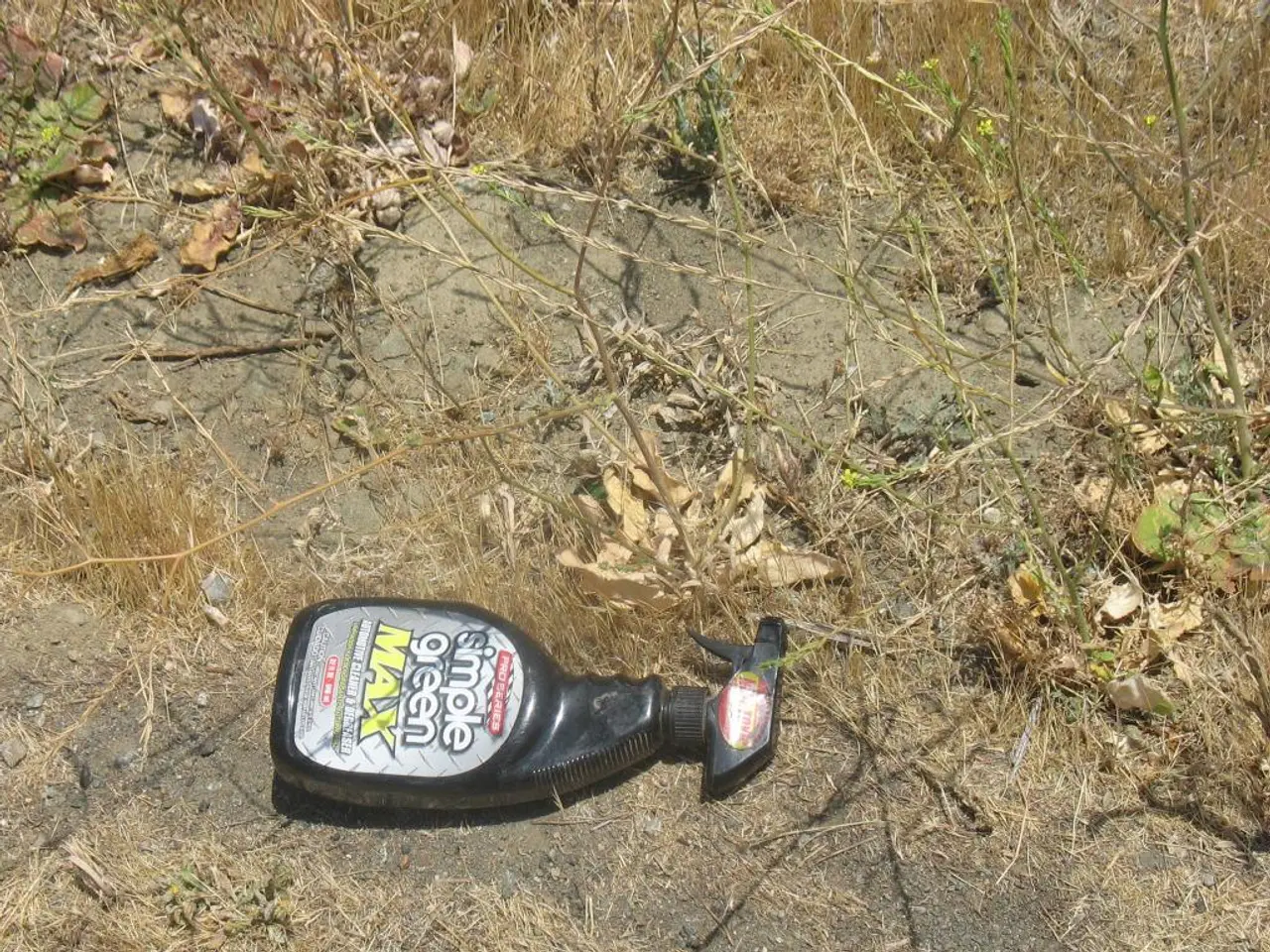Methods for Assessing Soil Acidity: Key Techniques for Green Thumb Enthusiasts
In the world of gardening and farming, maintaining the right soil pH is crucial for promoting healthy plant growth. Glen, a gardening expert with over 15 years of hands-on experience, emphasizes the importance of this aspect through his helpful content on a blog.
Regularly testing soil pH is essential, as it plays a significant role in determining nutrient availability. Soil samples are sent to laboratories for analysis using precise equipment, providing the most accurate soil pH measurements. Laboratory tests offer comprehensive soil testing, including pH measurement along with nutrient analysis for a thorough understanding of soil health.
Soil pH values below 6.0 indicate acidic soil, while values above 7.0 suggest alkaline soil. Soil with a pH between 6.0 and 7.0 is slightly acidic to neutral, ideal for most plants. However, different plants require different pH levels to thrive; for instance, blueberries favor acidic soil, while asparagus grows better in alkaline conditions.
To test soil pH, gardeners can use pH test strips, soil pH meters, or opt for laboratory testing. pH test strips are inexpensive and easy for quick, general estimation but less precise. Soil pH meters are electronic devices that provide more accurate readings by inserting a probe into the soil. Laboratory analysis offers the most comprehensive soil testing, including precise pH measurement along with nutrient analysis.
To adjust soil pH for optimal plant growth (typically targeting a slightly acidic to neutral range between 6.0 and 7.0), various methods can be employed. For acidic soils (pH below the optimal range), agricultural lime (calcium carbonate or dolomitic lime) can be applied to raise pH by neutralizing acidity and adding calcium and magnesium. The exact lime amount depends on soil buffering capacity and the target pH.
For alkaline soils (pH above the optimal range), elemental sulfur can be used to lower pH. Sulfur oxidizes in soil to form sulfuric acid, decreasing alkalinity. Application should be cautious to avoid over-acidification and nutrient imbalances. Incorporating organic matter like compost, manure, or mulch can help buffer pH fluctuations and improve overall soil health over time by releasing organic acids.
It is essential to remember that soil pH levels significantly affect nutrient availability. Outside the 6.0–7.0 range, nutrients may become locked or excessively available, harming plants. Soil test reports usually provide guidance on amendment quantities needed to adjust pH appropriately.
However, it's important to note that over-applying lime or sulfur can damage soil and plant health. The turnaround time and cost for lab tests may be higher than other methods, but they offer a more detailed and reliable analysis of soil health.
In summary, maintaining the right soil pH is vital for promoting healthy plant growth. By understanding the methods for testing soil pH and adjusting it accordingly, gardeners and farmers can ensure their land is in the optimal pH range to maximize nutrient uptake and promote healthy plant growth.
Reading Glen's home-and-garden blog, filled with gardening tips, highlights the significance of monitoring soil pH to encourage healthy plant growth. To ensure a balance in our lifestyle and garden, we must prioritize soil pH analysis, whether through pH test strips, soil meters, or lab testing, and properly adjust soil pH levels when necessary, whether for acidic or alkaline conditions.




